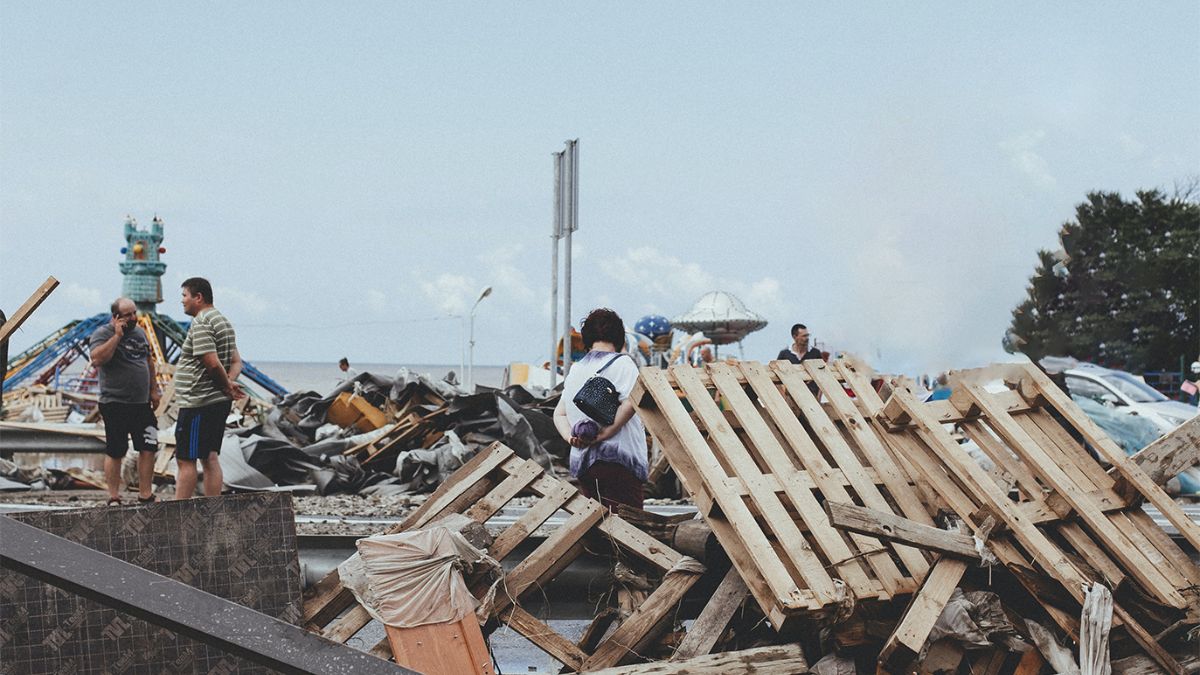Changing an experience
Thomas Parsons, Ph.D., ICMP’s director of science and technology, leads the technical processes of identifying missing persons at ICMP’s state-of-the-art DNA laboratory.
Before joining the ICMP, he was chief scientist for the U.S. Armed Forces DNA Identification Laboratory (AFDIL) and served on a National Institute of Justice advisory panel for DNA identification efforts following the 9/11 attacks. He recognizes the value of his work to families.
“Doing our job correctly and getting our work done changes the experience for these traumatized people,” he says. “You can’t cure anything, but it can help alleviate some of the fundamental causes of ongoing trauma.”
In Thailand, the widespread destruction, flooding and decay after the tsunami seemed to make it almost impossible to identify the victims and give certainty to those with missing loved ones. So far more than 900 victims have been identified through the work of the ICMP in Thailand. Among them are Linda, her father and her daughter Mira – finally giving Ingrid the closure she was looking for.
In Ingrid’s case, her genetic material was the link to the DNA of her missing family members, and victims’ DNA samples could be compared to hers. It took seven months until the former school teacher would know for sure that her daughter, grandchild and former husband were killed by the tsunami.
For Ingrid it was “a very long time waiting there, but when they came home, yes, I was thankful, really thankful. And I think it is important for everyone who misses someone, that they get them identified. It means a lot.”

